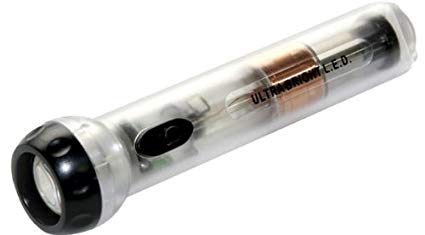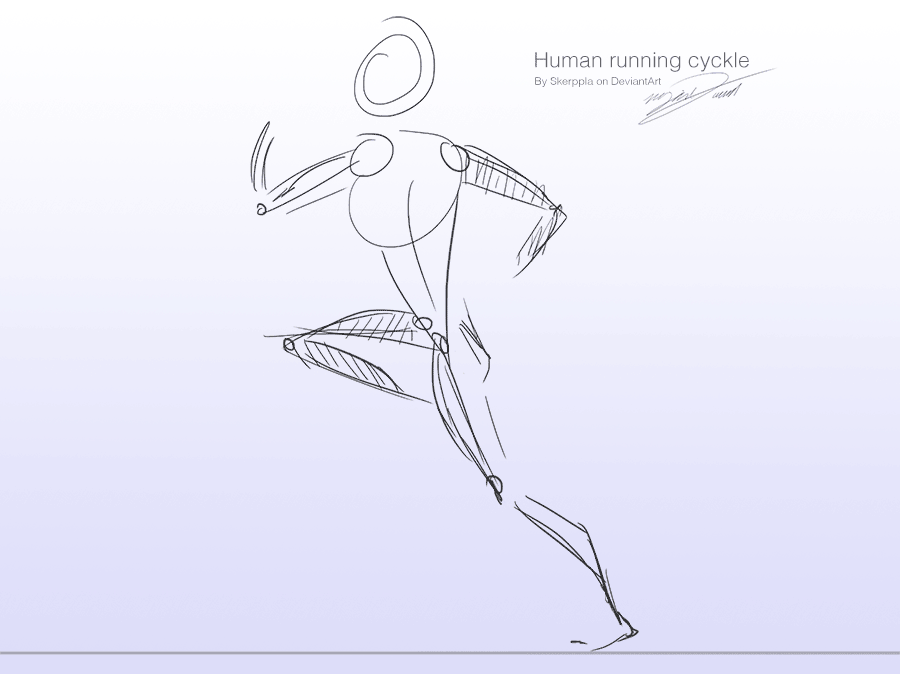Power Running Suit
Wearable | physical computing
TECHNOLOGY: Circuit / Soldering / Sewing
An eco-friendly way to utilize the kinetic energy the human body generates by walking or running and transform it into the power of lightning using the mechanic of shaking flashlight.
Mechanic
If we rotate a wire loop in a magnetic field, the field will induce an electric current in the wire.
While we walk or run, our lower body will keep moving back and forth, which can be used to keep the magnet moving in the coil. I tried to figure out which part of our lower body moves the most.
Ideally, the coil should be tied to the shank or foot. The size should be designed small enough to fit on the body. There will be LEDs on the side of the leg.
In order to test which part works better and know the inner structure of shake flashlight, I bought one on eBay and tried to tie it to different part of body. It turns out tying it to one of the foot would be the most efficient solution.
1st Prototype
Materials
Coil (Wire & Pipe)
Magnet
LED lights
Diode bridge
Capacitor
Resistor
The first thing i did was to make the coil. I tried to utilize some materials I already had, so I made the pipe by wrapping up a plastic sheet and used some electric wires to do the coil. I put both the sphere and disc magnet inside. However, when I shake the coil, the LED connected didn’t light up.
The problem might be I used the wrong type of wire, I didn’t have enough rounds of wires or the magnet was not strong enough. In order to troubleshoot, I bought some new supplies online and tried to build the second prototype.
2nd Prototype
For the second prototype, I used enameled copper magnet wires (Remington Industries 30SNSP.125 Magnet Wire, Enameled Copper Wire Wound, 30 AWG, 2 oz, 402' Length, 0.0108" Diameter, Red) which is very thin and I wrapped it hundreds of times over the center of the coil. I also used some super strong magnets (10Pc Super Strong N42 Neodymium Magnet 1.26" x 1/8" W/3m Adhesive NdFeB Discs) to get a strong magnetic field. I used a multimeter to test if there was power generated or not.
It turned out I got some power!
Then I added the circuit to breadboard. This diode bridge was used to take the alternating electrical output of the coil and get it flowing in one direction. I used four single diode to build the bridge. The capacitor was used to store some electricity.
The second prototype worked but was not steady enough to become a wearable and do test on human bodies.
Final Prototype
In order to make it steady and smaller the size, I decided to use a double design for the coil, which means adding an extra acrylic tube outside the coil. Meanwhile, I used a smaller PCB board to solidify all the circuits and sewed it on a sports pant.
The main problem I faced was how to tie the coil onto my feet. I haven’t found the best solution yet so I just used some rope to do that. I worked fine, but I’m still looking for a better solution now.








